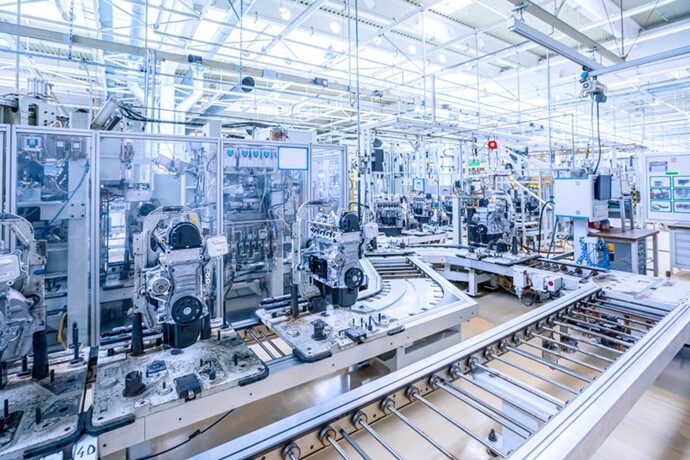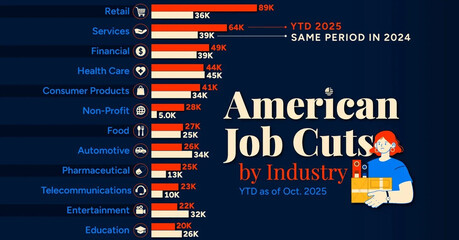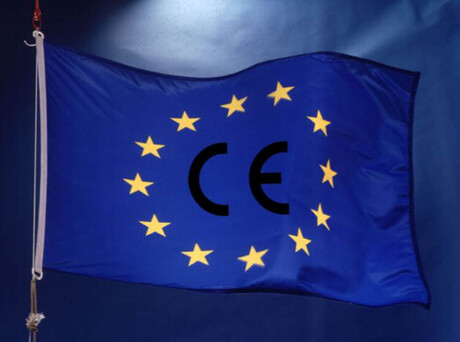
South Korea's semiconductor industry is basking in a highly anticipated "Memory Spring," with prices for NAND flash and DRAM—including the critical High-Bandwidth Memory (HBM)—soaring. This boom, driven primarily by the explosive growth of generative AI and subsequent infrastructure investment by global tech giants, has fueled optimism. Both Samsung Electronics and SK Hynix are anticipating stellar third-quarter earnings, with Samsung recently returning to the "80,000 Won" mark and SK Hynix hitting a historic high, the "350,000 Won" level.
However, behind the facade of rising stock prices and record profits, a sobering reality looms. Experts are warning that the country’s semiconductor industry is facing an existential threat, with a former Samsung researcher, Park Jun-young, stating that Korea has a mere three-year "golden time" to fundamentally reform its approach before its dominance is irreversibly lost. The era of "super-gap" technological superiority is over.
The Fading 'Super-Gap' in Memory
The current memory boom is undeniably linked to the AI revolution. The demand for GPUs and their essential partner, HBM, for AI training and inference has surged. Furthermore, the rise of AI inference-specialized chips like Nvidia's 'Rubin CPX,' which utilize GDDR7 instead of HBM, is simultaneously boosting GDDR demand. This broad upswing, coupled with increased mobile demand and a customer preference shift away from low-cost Chinese memory, has propelled nearly all memory segments. Morgan Stanley projects this cycle could last until 2027.
Yet, Korean leadership in memory is being aggressively challenged. In NAND flash, the race to stack more layers (currently nearing 400-layers) has seen the gap close entirely, with U.S. and Chinese competitors like Micron and YMTC joining the lead pack. More critically, high-value DRAM is seeing a significant narrowing of the technology gap by the long-time third-place competitor, U.S.-based Micron Technology.
Micron, through organizational innovation like parallel development in Boise and Hiroshima and unifying geographically separate fabs into a "One Mega Fab" operation, has rapidly caught up. Micron's agility and customer-centric focus, in contrast to the alleged complacency of the Korean giants, is paying off. In the HBM market, a segment critical to AI, SK Hynix is the clear leader, but the latest market share data shows Micron (21%) holding a significant edge over Samsung (17%) in the second quarter of this year.
Internal Organizational Flaws Plague Samsung
The loss of the "super-gap," particularly at Samsung Electronics, is attributed not just to external competition but to internal organizational failures. Park Jun-young points to a cultural shift away from the creative, "work-smart" environment of the past toward one focused on short-term performance and excessive hierarchical pressure.
A key example is Samsung's decision to temporarily abandon HBM development around 2019. This costly misstep, driven by senior management prioritizing the seemingly more profitable GDDR market over HBM, allowed SK Hynix, which consulted its engineers, to secure a substantial lead and become the primary HBM supplier for industry behemoth Nvidia. This internal misalignment—where staff with authority lack responsibility, and those with responsibility lack authority—is seen as a core vulnerability.
Foundries and Geopolitical Headwinds
The second major front where Korea is falling behind is Foundry (contract chip manufacturing). Samsung’s goal of becoming the No. 1 foundry by 2030 is increasingly viewed as unachievable. Despite being the first to commercialize the advanced 3-nanometer (nm) Gate-All-Around (GAA) technology, Samsung continues to struggle with chronic low-yield rates. This "chicken-and-egg" dilemma—low yields driving customers away, which in turn limits the volume needed to improve yields—is compounded by the alleged low regard for process and equipment engineers within the company. Unlike TSMC, which highly values and empowers its skilled technicians (the true 'secret' to high yields), Samsung's structure is said to inhibit the necessary deep-level expertise for advanced node success.
Meanwhile, geopolitical risks, particularly from a potential second Trump administration, are creating uncertainty. While experts downplay the threat of a full-blown tariff on semiconductors—which would harm U.S. companies like Nvidia—the U.S. move to remove Samsung and SK Hynix's China-based fabs from the Verified End-User (VEU) list is a significant lever of control. This requires them to seek individual or consolidated annual licenses for U.S.-made equipment, increasing supply chain instability.
The Three-Year Warning
The convergence of aggressive foreign competition (especially Micron's rapid catch-up), the foundational struggles in the advanced foundry business, and the organizational complacency within the Korean giants defines the urgent three-year timeline.
The next three years are critical because:
AI Technology Shift: The market is expected to shift from infrastructure-based AI to chips that process AI directly on the device, requiring a new product strategy.
Foundry Reckoning: This period will determine if Samsung's foundry business can achieve meaningful success or if it will be sidelined by TSMC.
Chinese Catch-up: China, currently 3 to 4.5 years behind in memory technology, is expected to launch a full-scale competitive effort.
The industry's survival, according to Park, hinges on using this "Memory Spring" to look inward. The solution is not in external negotiation but in organizational and cultural reform: empowering engineers, breaking down hierarchical barriers, and restoring a "work-smart" environment. If Korea rests on its current memory success, it risks squandering its last chance to secure a leading position in the next generation of global semiconductor technology.
[Copyright (c) Global Economic Times. All Rights Reserved.]




























